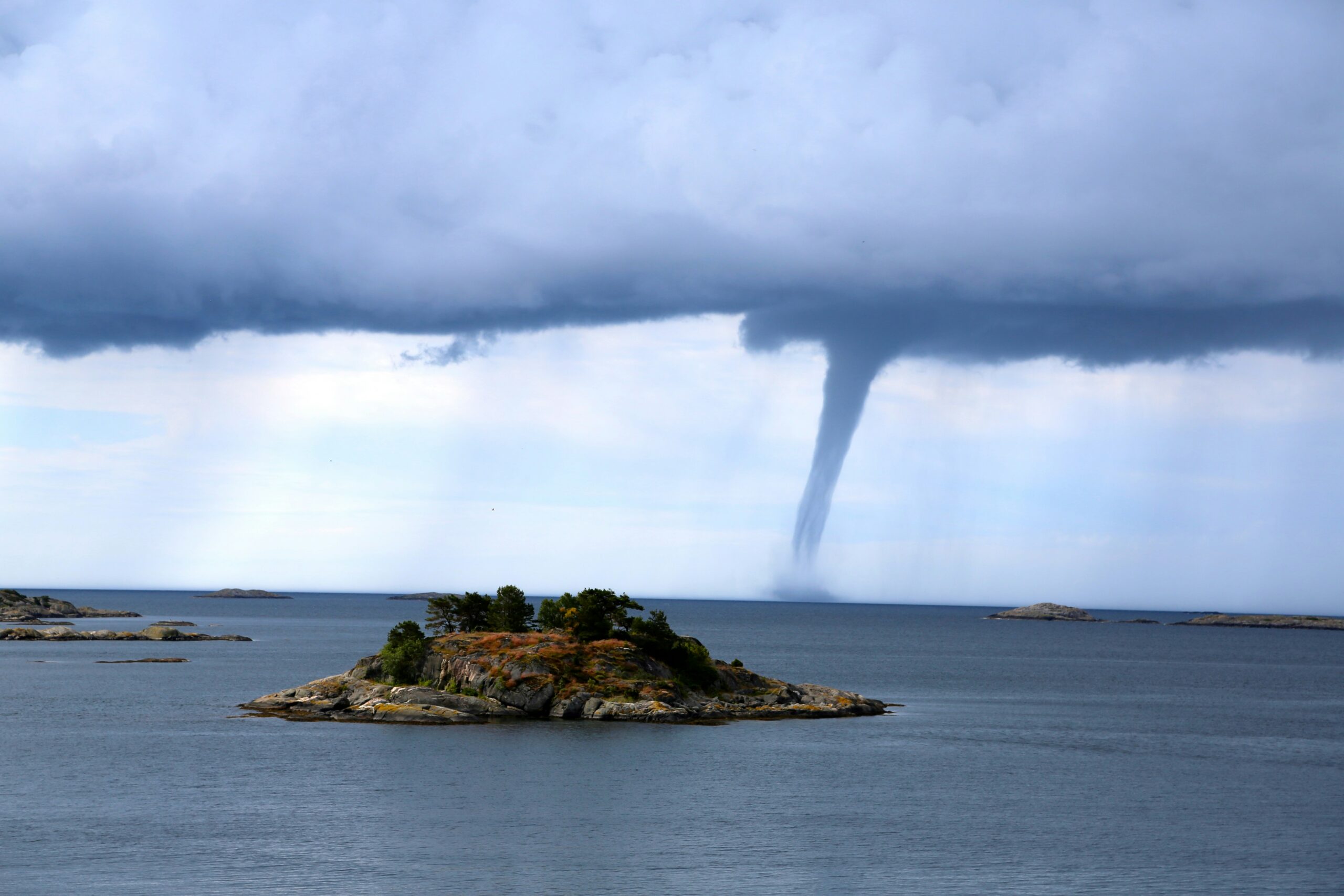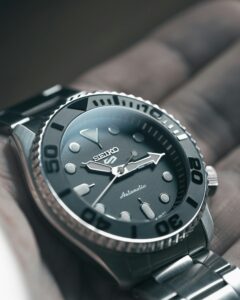In the world of meteorology, few innovations have had as profound an impact as the Fujita Scale, a system designed to measure the intensity of tornadoes. Conceived by Japanese scientist Dr. Tetsuya Fujita, this scale has revolutionized our understanding of one of nature’s most formidable phenomena. From its origins in the mid-20th century to its evolution and global adoption, the story of the Fujita Scale is a testament to the power of scientific ingenuity and cross-cultural collaboration. As we delve into the history, impact, and future of this groundbreaking scale, it’s clear that the legacy of Dr. Fujita and his scale extends far beyond the world of weather forecasting.
Unveiling the Fujita Scale: A Japanese Innovation
The Fujita Scale, often abbreviated as the F-Scale, represents a pivotal Japanese contribution to meteorology. Conceived in 1971 by Dr. Tetsuya Fujita, a scientist at the University of Chicago, this innovative scale sought to categorize the intensity of tornadoes based on the damage they inflicted. Despite its roots in the United States, Dr. Fujita’s Japanese heritage played a significant role in shaping his scientific approach and perspective. The scale’s introduction marked a significant leap forward in our capacity to assess and understand tornadoes, offering a systematic method for evaluating their power.
The Origins of the Fujita Scale: A Historical Perspective
Dr. Tetsuya Fujita, born in Japan in 1920, moved to the United States in the 1950s, where he embarked on a career that would forever change our understanding of severe weather phenomena. His fascination with the mechanics of storms and their impact led him to develop the Fujita Scale, introducing a new dimension to weather science. Before the scale’s conception, the assessment of tornado damage was largely qualitative and inconsistent. Dr. Fujita’s scale provided a quantitative method to categorize tornadoes, transforming how meteorologists and disaster response teams approached these natural disasters.
Fujita Scale: Decoding the Power of Tornadoes
The Fujita Scale categorizes tornadoes into six primary levels, from F0 to F5, based on the extent of damage caused. An F0 tornado, the weakest category, may damage trees but not substantial structures, whereas an F5 tornado, the strongest category, can demolish strong houses and lift cars off the ground. This categorization allows for a more accurate assessment of a tornado’s strength and potential damage, aiding in effective warning and response strategies. By quantifying the destructiveness of tornadoes, the Fujita Scale has become an invaluable tool in weather forecasting and safety planning.
Behind the Scale: Dr. Tetsuya Fujita’s Legacy
Dr. Tetsuya Fujita’s work extended beyond the development of the Fujita Scale. He was also instrumental in advancing our understanding of various weather phenomena, including downbursts and microbursts, critical factors in aviation safety. His dedication to the field of meteorology earned him the nickname "Mr. Tornado," highlighting his significant contributions to the study of tornadoes. Dr. Fujita’s legacy is not only enshrined in the scale that bears his name but also in the enhanced safety measures and improved weather forecasting methods that his research facilitated.
From F0 to F5: Understanding the Fujita Scale Categories
Understanding the Fujita Scale requires a grasp of its categorization system. Each level, F0 to F5, describes the severity of damage a tornado can inflict. For instance, F1 tornadoes have moderate speeds and can overturn mobile homes, while F4 tornadoes can level well-constructed houses and hurl cars significant distances. This gradation provides a clear framework for assessing the potential impacts of tornadoes on communities, infrastructure, and the environment, underscoring the scale’s importance in disaster preparedness and recovery efforts.
How the Fujita Scale Transformed Meteorology
The introduction of the Fujita Scale fundamentally altered the field of meteorology. For the first time, meteorologists had a standardized method to describe the intensity of tornadoes, enabling better comparisons and analyses of these events over time. This standardization has facilitated more accurate tornado predictions, improved safety protocols, and enhanced public awareness of tornado risks. The scale’s adoption has underscored the importance of empirical measurement and classification in the natural sciences, marking a significant milestone in our quest to understand and mitigate the impacts of severe weather.
The Evolution of the Fujita Scale: Enhancements Over Time
While the original Fujita Scale was revolutionary, it was not without limitations. In response to criticisms regarding its accuracy and consistency, meteorologists introduced the Enhanced Fujita Scale (EF Scale) in 2007. This revised version provides more detailed criteria for damage assessment, including 28 damage indicators ranging from trees to buildings. The EF Scale’s introduction represents a significant refinement of Dr. Fujita’s original concept, offering improved precision in tornado intensity classification and damage potential.
Comparing Fujita and Enhanced Fujita Scales: What’s New?
The transition from the Fujita Scale to the Enhanced Fujita Scale involved several key modifications. The EF Scale retains the original’s F0 to F5 categorization but incorporates comprehensive damage descriptors and accounts for variations in construction quality and natural landscape. These enhancements aim to address the original scale’s shortcomings, such as its occasional overestimation of wind speeds. By refining the criteria for assessing tornado damage, the EF Scale promises greater accuracy and relevance in contemporary meteorology.
Global Impact: The Fujita Scale’s Worldwide Adoption
The Fujita Scale’s influence extends well beyond its country of origin. Countries around the world have adopted the scale or its principles to assess tornado damage and inform disaster response strategies. This global recognition underscores the scale’s utility and effectiveness in quantifying the severity of tornadoes. By providing a common language for describing tornado impact, the Fujita Scale has facilitated international collaboration in weather research and disaster preparedness, making it a cornerstone of global meteorological practice.
Challenges and Criticisms: The Fujita Scale Reexamined
Despite its widespread adoption, the Fujita Scale has faced its share of criticisms. Critics have pointed out the scale’s reliance on post-storm damage assessment, which can be subjective and vary based on the observer’s judgment. The original scale’s lack of specific criteria for different types of structures also led to inconsistencies in tornado intensity ratings. These challenges prompted the development of the Enhanced Fujita Scale, which seeks to address these limitations through a more nuanced and detailed approach to damage assessment.
The Future of Tornado Measurement: Beyond the Fujita Scale
As we look to the future, the ongoing refinement of tornado measurement techniques suggests that the evolution of the Fujita Scale is far from over. Advances in technology, including high-resolution satellite imaging and radar technology, offer new possibilities for assessing tornado intensity more accurately and in real-time. These developments hint at a future where tornado measurement could rely less on post-event damage assessment and more on direct observation and modeling, potentially leading to even greater accuracy and timeliness in warnings and responses.
Remembering Dr. Fujita: The Man Behind the Storm Scale
Dr. Tetsuya Fujita’s contributions to meteorology extend far beyond the creation of the Fujita Scale. His passion for understanding severe weather and improving public safety has left an indelible mark on the field. Dr. Fujita’s legacy is not only enshrined in the scale that bears his name but also in the countless lives saved through the improved weather forecasting and disaster preparedness practices his work has inspired. As we continue to refine our methods for measuring and responding to tornadoes, we honor the memory of "Mr. Tornado," whose pioneering spirit continues to guide the way forward.
The Fujita Scale, a product of Dr. Tetsuya Fujita’s ingenuity and dedication, has fundamentally reshaped our understanding of tornadoes and their impact. From its origins as a groundbreaking tool for categorizing tornado intensity to its evolution into the Enhanced Fujita Scale, this measurement system has been instrumental in advancing meteorology, enhancing public safety, and fostering international collaboration. As we look toward the future of tornado measurement, the principles underpinning the Fujita Scale—rigorous observation, continuous refinement, and a commitment to saving lives—will undoubtedly continue to inform and inspire. Remembering Dr. Fujita, we are reminded of the profound difference one person’s curiosity and perseverance can make in our collective quest to understand the natural world.








